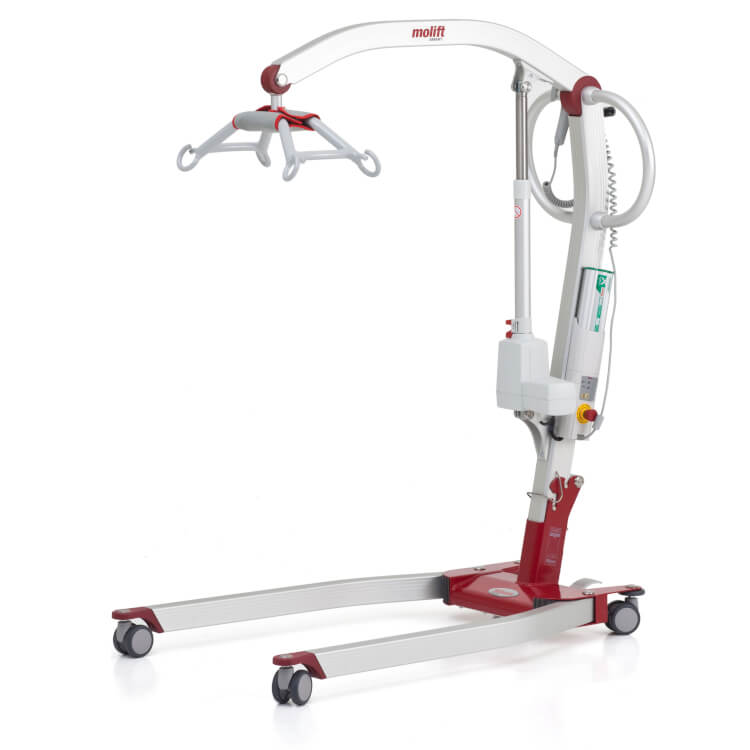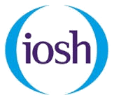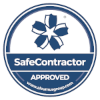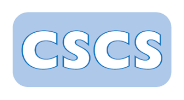LOLER Inspections
Understanding the Regulations
What is LOLER?
Lifting Operations and Lifting Equipment Regulations 1998 (LOLER) places duties on people and companies who own, operate or have control over lifting equipment.
LOLER requires that all equipment used for lifting is fit for purpose, appropriate for the task, suitably marked and had a thorough examination every 6 months. Records must be kept and defects recorded.
What is PUWER?
Provision and Use of Work Equipment Regulations 1998 (PUWER) requires that equipment provided for use at work is: suitable for the intended use. safe for use, maintained in a safe condition and inspected to ensure it is correctly installed and does not subsequently deteriorate. used only by people who have received adequate information, instruction and training.
PUWER applies to all work equipment, including lifting equipment.
LOLER deals with the lifting risks where they exist.

Do I need LOLER?
People who have a responsibility, directly or indirectly, for the equipment and its use.
Employers have responsibility for the health and safety of their staff as well as the condition of the equipment that they use.
Employees have responsibilities for the equipment that they use. They also have a responsibility to use the equipment safely and report any faults or defects.
If you are self-employed you also have responsibilities, for yourself and for others depending on the nature of your role.
Anyone who hires or loans equipment has a responsibility for ensuring that the equipment is regularly examined by a competent person.
What is Covered by LOLER?
Equipment covered by LOLER in a health care environment
- Ceiling track hoists
- Mobile and gantry hoists
- Standing and raising aids
- Bath lifters and chairs( if designed to lift people from the bath)
- Slings and all other accessories attached to lifting devices are covered under LOLER
The above is not a definitive list of items that require a LOLER inspection. The regulations do not state specific items

























